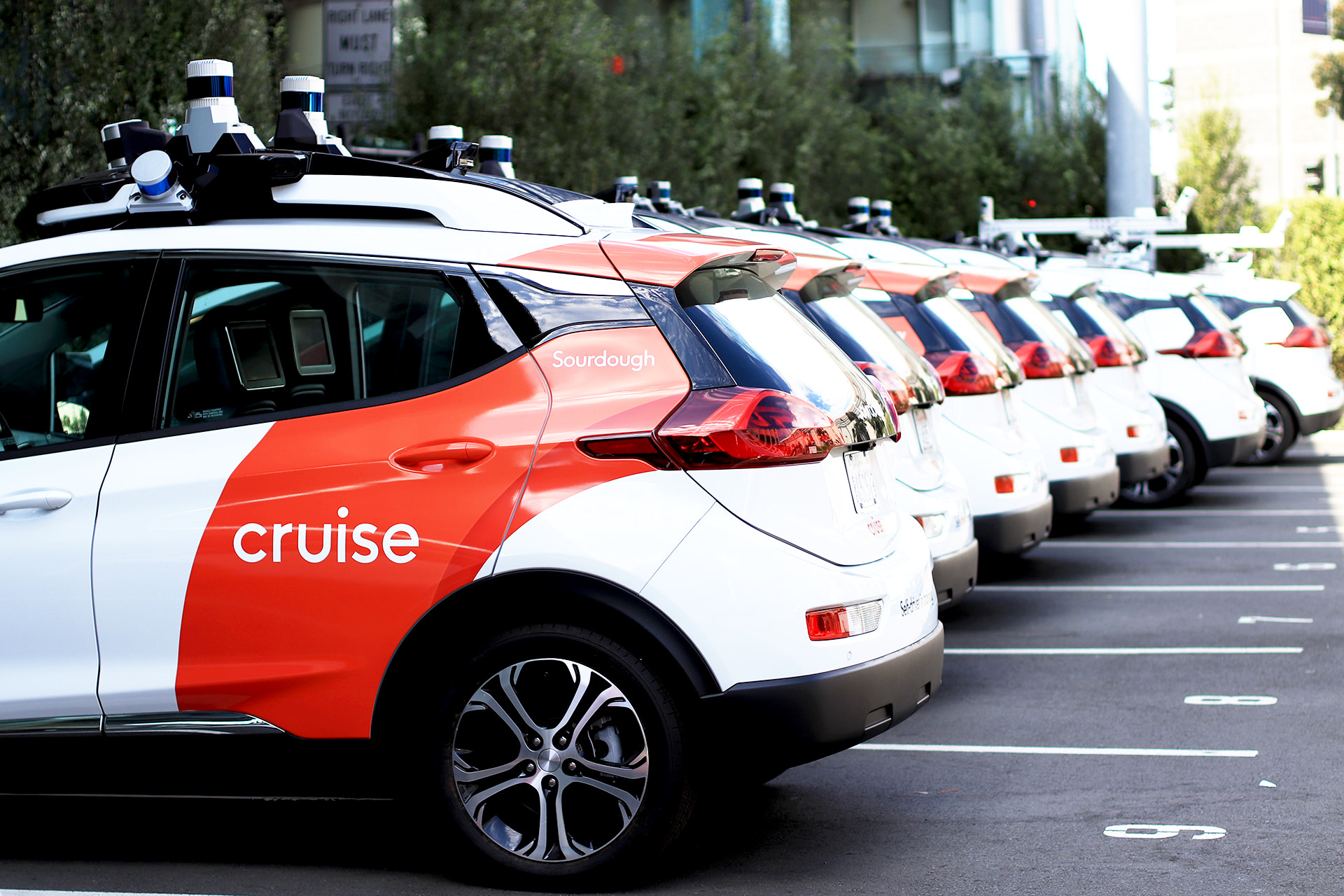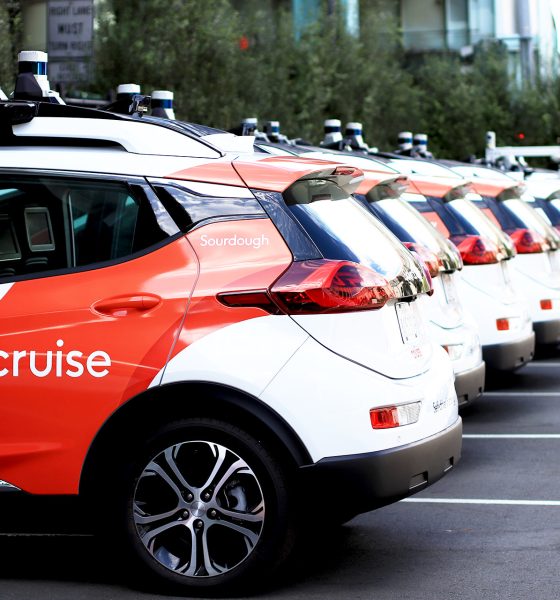A California judge has forced General Motors’ (GM) self-driving unit Cruise to increase its settlement offer to the maximum amount, after one of the company’s robotaxis pinned and seriously injured a pedestrian in October.
On October 2, a driverless Cruise vehicle dragged and pinned a pedestrian in San Francisco, and the company’s license to operate self-driving cars was immediately revoked by the California Department of Motor Vehicles (DMV). The DMV later said that Cruise “misrepresented” and “omitted” crucial details about its response to the accident, and the California Public Utilities Commission (CPUC) in December ordered the company to appear before a judge this month.
During the hearing, which was held on Tuesday, California Administrative Law Judge (ALJ) Robert Mason III suggested that Cruise revise its $75,000 settlement offer to the maximum penalty of $112,500, after calling the company’s proposed amount “low,” and even suggesting the company was seeking a “discount.”
While Judge Mason III said he appreciated Cruise attempting to take “corrective action” in its crash response procedures, he added that the company should “take a hint” following his multiple questions about the offer amount, suggesting directly that Cruise change its settlement offer to the full penalty.
“Point taken, your Honor,” responded Craig Glidden, Cruise President and Chief Administrative Officer. “We immediately revise our offer to the amount requested.”
Waymo could face new legal barriers in its expansion to Los Angeles
The hearing discussed findings from an investigation conducted by the law firm Quinn Emanuel, which Cruise hired, including that internet connectivity hampered the company’s sharing of video footage from the accident with regulators in meetings that followed.
In response to the motion for approval to settle at $75,000, the commission can adopt, adopt with revisions, or reject Cruise’s filing. Following the hearing, the next step is for Judge Mason to write a proposed decision on the case for the commissioner’s consideration, with the general timeframe falling within about 60 days, as a CPUC spokesperson clarified to Teslarati.
Cruise said it was eager to resolve the case and move past the incident, adding that it wanted to continue to “advance the mission of bringing driverless cars that are safer to the public and also greater accessibility to the public to the market.”
However, Mason didn’t make it sound like the commission was eager to set the case aside:
“While the commission does fall on the side of getting its cases resolved, I don’t know that this is one of those protracted pieces of litigation that we’re usually most anxious to put aside and then move forward with the regulatory process,” Mason added.
In the original motion, filed on January 30, Cruise outlines the key requirements it would have to follow as part of the settlement:
1. Cruise will adopt voluntarily several new data reporting enhancements that will provide additional data to the Commission concerning California collisions and AVs operating in California under a deployment permit that enter a minimal risk condition (“MRC”) state and result in conditions described in Attachment A;
2. Cruise will provide the Commission with Cruise’s responses to the permit reinstatement questions from the California Department of Motor Vehicles (“DMV”) at the same time Cruise provides those responses to the DMV;
3. Cruise will make a payment of $75,000 to the State General Fund within ten (10) days of the Commission’s approval of the Settlement Agreement without modification; and
4. Upon the Commission’s approval of the Settlement Agreement, the OSC proceeding will be closed.
“We are committed to working in partnership with the CPUC, other regulators and government agencies to improve transportation safety in support of a shared goal –– providing better, safer and more accessible transportation to the public in our communities,” a Cruise spokesperson wrote in an email to Teslarati. “Over the past several months, we have taken important steps to improve our leadership, processes and culture, and we are committed to resolving matters to the Commission’s satisfaction as we work to restore regulatory and public trust.”
Cruise also noted that the accident, which occurred after the pedestrian had already been hit by a human driver, was partially caused by the driverless ride-hailing vehicle falsely identifying the situation as a side-impact collision rather than a frontal collision, causing the Minimal Risk Condition (MRC) response that forces the vehicle to pull over.
In addition, Cruise said it is currently expecting a new Chief Safety Officer in the “not too distant future,” after two co-founders resigned immediately following the accident, and after the company fired nine executives and laid off nearly a quarter of its staff on the same day in December.
GM recently announced plans to cut spending on Cruise in half this year, though it said it also hoped to “refocus and relaunch” the company’s operations. GM CEO Mary Barra highlighted significant changes at Cruise, which the company began implementing following the Quinn Emanuel investigation.
“At Cruise, we are committed to earning back the trust of regulators and the public through our commitments and our actions,” Barra said following GM’s 2023 earnings call.
You can see the full January 30 filing from Cruise below, including the findings from the Quinn Emanuel investigation, which Cruise made public last month.
What are your thoughts? Let me know at zach@teslarati.com, find me on X at @zacharyvisconti, or send your tips to us at tips@teslarati.com.

News
Tesla FSD V14.2 starts rolling out to initial batch of vehicles
It would likely only be a matter of time before FSD V14.2 videos are posted and shared on social media.
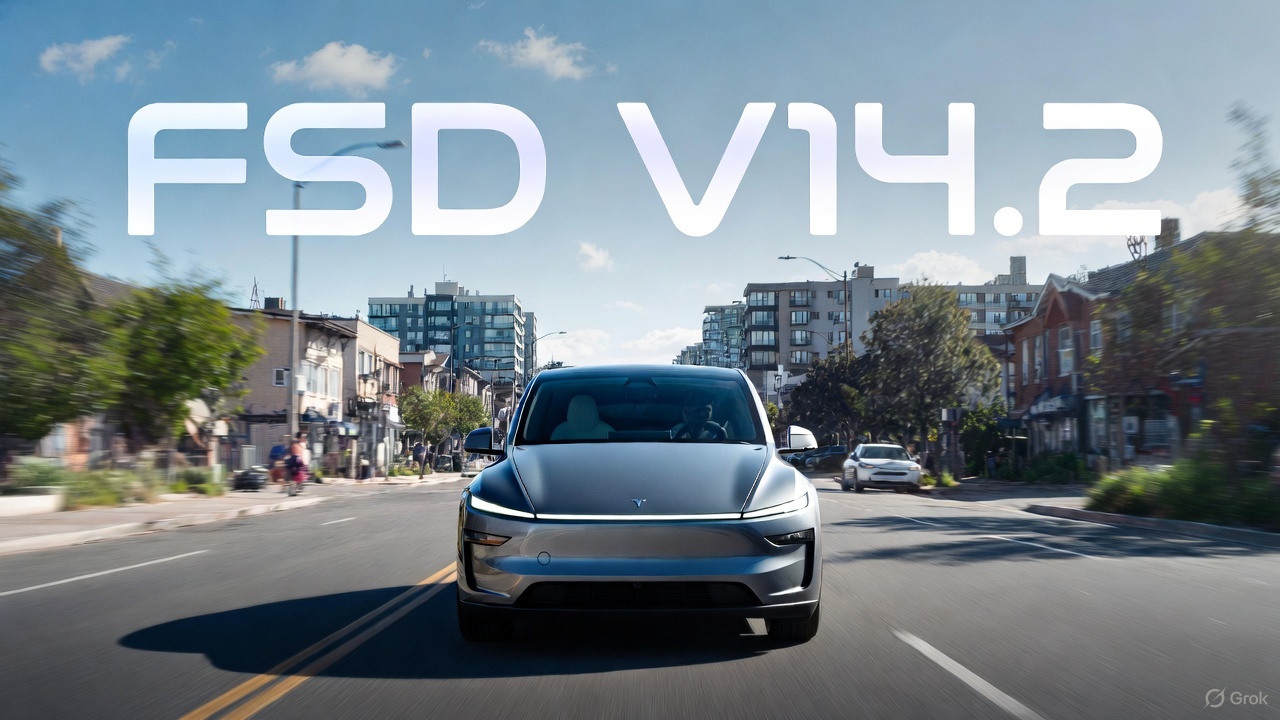
Tesla has begun pushing Full Self-Driving (Supervised) v14.2 to its initial batch of vehicles. The update was initially observed by Tesla owners and veteran FSD users on social media platform X on Friday.
So far, reports of the update have been shared by Model Y owners in California whose vehicles are equipped with the company’s AI4 hardware, though it would not be surprising if more Tesla owners across the country receive the update as well.
Based on the release notes of the update, key improvements in FSD V14.2 include a revamped neural network for better detection of emergency vehicles, obstacles, and human gestures, as well as options to select arrival spots.
It would likely only be a matter of time before FSD V14.2 videos are posted and shared on social media.
Following are the release notes of FSD (Supervised) V14.2, as shared on X by longtime FSD tester Whole Mars Catalog.

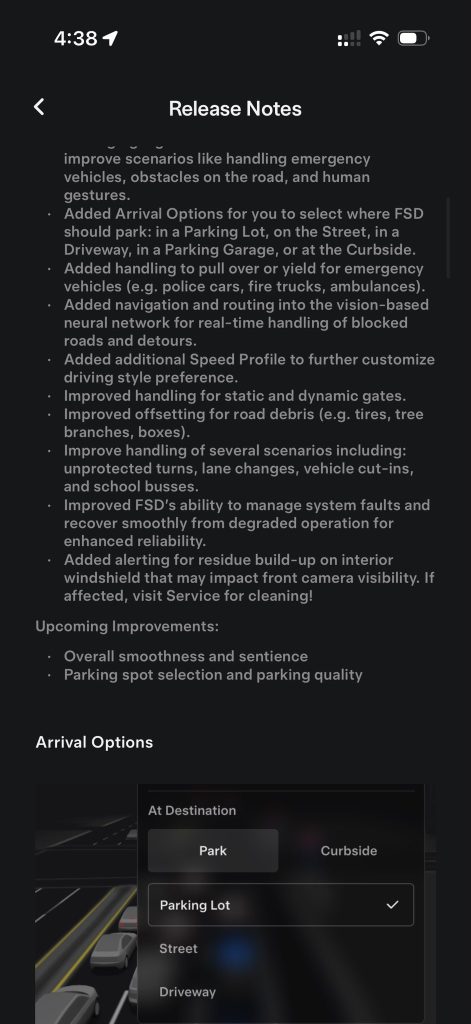
Release Notes
2025.38.9.5
Currently Installed
FSD (Supervised) v14.2
Full Self-Driving (Supervised) v14.2 includes:
- Upgraded the neural network vision encoder, leveraging higher resolution features to further improve scenarios like handling emergency vehicles, obstacles on the road, and human gestures.
- Added Arrival Options for you to select where FSD should park: in a Parking Lot, on the Street, in a Driveway, in a Parking Garage, or at the Curbside.
- Added handling to pull over or yield for emergency vehicles (e.g. police cars, fire trucks, ambulances.
- Added navigation and routing into the vision-based neural network for real-time handling of blocked roads and detours.
- Added additional Speed Profile to further customize driving style preference.
- Improved handling for static and dynamic gates.
- Improved offsetting for road debris (e.g. tires, tree branches, boxes).
- Improve handling of several scenarios including: unprotected turns, lane changes, vehicle cut-ins, and school busses.
- Improved FSD’s ability to manage system faults and improve scenarios like handling emergency vehicles, obstacles on the road, and human gestures.
- Added Arrival Options for you to select where FSD should park: in a Parking Lot, on the Street, in a Driveway, in a Parking Garage, or at the Curbside.
- Added handling to pull over or yield for emergency vehicles (e.g. police cars, fire trucks, ambulances).
- Added navigation and routing into the vision-based neural network for real-time handling of blocked roads and detours.
- Added additional Speed Profile to further customize driving style preference.
- Improved handling for static and dynamic gates.
- Improved offsetting for road debris (e.g. tires, tree branches, boxes).
- Improve handling of several scenarios, including unprotected turns, lane changes, vehicle cut-ins, and school buses.
- Improved FSD’s ability to manage system faults and recover smoothly from degraded operation for enhanced reliability.
- Added alerting for residue build-up on interior windshield that may impact front camera visibility. If affected, visit Service for cleaning!
Upcoming Improvements:
- Overall smoothness and sentience
- Parking spot selection and parking quality
News
Tesla Model X lost 400 pounds thanks to these changes
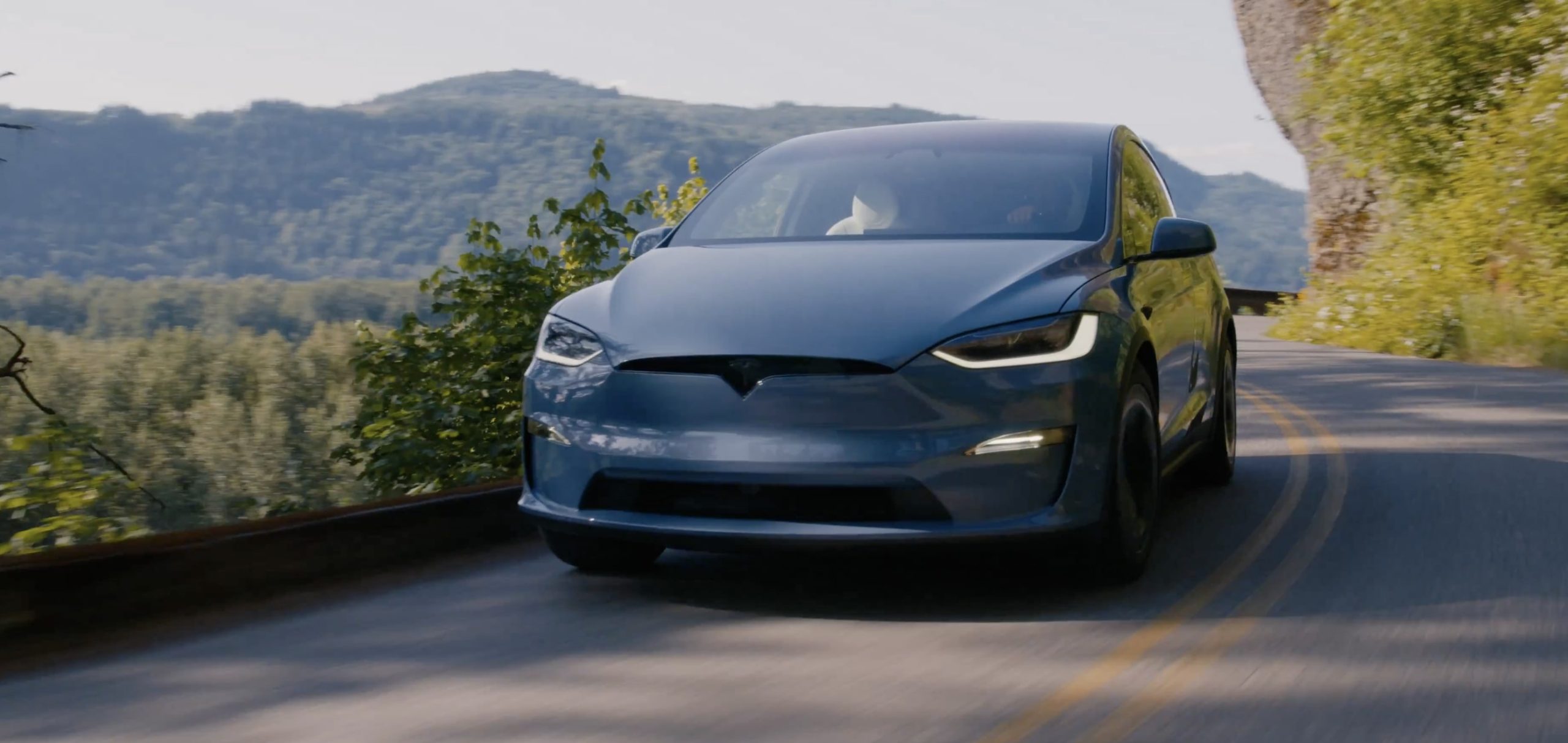
The Tesla Model X has always been one of the company’s most loved vehicles, despite its low sales figures, which can be attributed to its high price tag.
However, the Model X has been a signature item on Tesla’s menu of cars, most notably recognized by its Falcon Wing Doors, which are aware of its surroundings and open according to what’s around it.
But recent improvements to the Model X were looking slim to none, but it appears most of the fixes actually happened under the body, at least according to Tesla’s Vice President of Powertrain, Lars Moravy.
In a recent interview with Car and Driver, Moravy detailed all of the changes to the 2026 iteration of the vehicle, which was about 400 pounds lighter than it was originally. The biggest change is a modification with the rear motor, switching from an induction-type motor to a permanent-magnet design and optimizing the half-shafts, which shed about 100 pounds.
Tesla also got “almost 80 pounds out of the interior bits and pieces,” which “included making parts thinner, different manufacturing process choices, and incorporating airbag-deployment requirements into the headliner fabric,” the report said.
Additionally, the standard five-passenger, bench seat configuration saved 50 pounds by ditching pedestal mounting. This also helped with practicality, as it helped the seat fold flat. Engineers at Tesla also saved 44 pounds from the high-voltage wiring through optimizing the wiring from the charge-port DC/DC converter and switching from copper to aluminum wiring.
Tesla makes a decision on the future of its flagship Model S and Model X
Tesla also simplified the cooling system by reducing the number of radiators. It also incorporated Nürburgring cooling requirements for the Plaid variant, which saved nearly 30 pounds.
Many Tesla fans will be familiar with the megacastings, manufactured in-house by presses from IDRA, which also saves more than 20 pounds and boosts torsional stiffness by around 10 percent. Tweaks to the suspension also saved 10 pounds.
People were truly disappointed with what Tesla did with the Model S and Model X, arguing that the cars needed a more severe exterior overhaul, which might be true. However, Tesla really did a lot to reduce the weight of the vehicle, which helps increase range and efficiency. According to Grok, every 200 pounds removed adds between 7 and 15 percent to range estimations.
This makes sense considering the range estimations both increased by 7 percent from the Model X’s 2025 configuration to the 2026 builds. Range increased on the All-Wheel-Drive trim from 329 miles to 352 miles, while the Plaid went from 314 miles to 335 miles.
News
Tesla launches its new branded Supercharger for Business with first active station

Tesla has officially launched its first branded Supercharger just months after initiating a new program that allows third-party companies to brand their own charging piles.
The site opened in Land O’ Lakes, Florida, and features eight V4 Supercharging stalls offering up to 325 kW of charging speed. It appears it was purchased by a company called Suncoast Credit Union. This particular branch is located Northeast of Tampa, which is on the Gulf of Mexico.
It features graphics of Florida animals, like alligators:
Here’s a video of the graphics being installed on the Tesla Superchargers at this site: https://t.co/oIfEPNZjAH pic.twitter.com/ENWakZ2qT9
— TESLARATI (@Teslarati) November 20, 2025
Tesla launched this program back in September, and it basically was a way to expand its Supercharger presence and also allow companies to pay for the infrastructure. Tesla maintains it. When it announced the “Supercharger for Business,” it said:
“Purchase and install Superchargers at your business. Superchargers are compatible with all electric vehicles, bringing EV drivers to your business by offering convenient, reliable charging.”
The program does a few things. Initially, it expands EV charging infrastructure and makes charging solutions more readily available for drivers. It can also attract people to those businesses specifically.
Tesla launches new Supercharger program that business owners will love
The chargers can also be branded with any logo that the business chooses, which makes them more personalized and also acts as an advertisement.
The best part is that the customers do not have to maintain anything about the Supercharger. Tesla still takes care of it and resolves any issues:
“We treat your site like we treat our sites. By providing you with a full-service package that includes network operations, preventative maintenance, and driver support, we’re able to guarantee 97% uptime–the highest in the industry.”
It appears the Superchargers will also appear within the in-car nav during routing, so they’ll be publicly available to anyone who needs to use them. They are still available to all EVs that have worked with Tesla to utilize its infrastructure, and they are not restricted to people who are only visiting the business.
